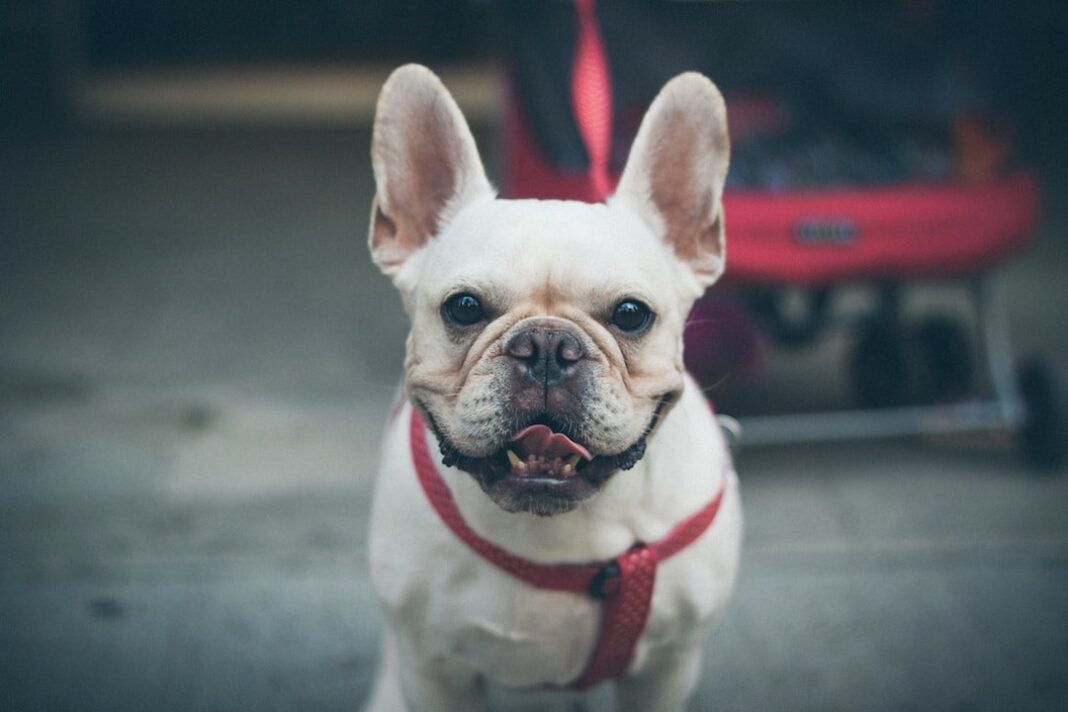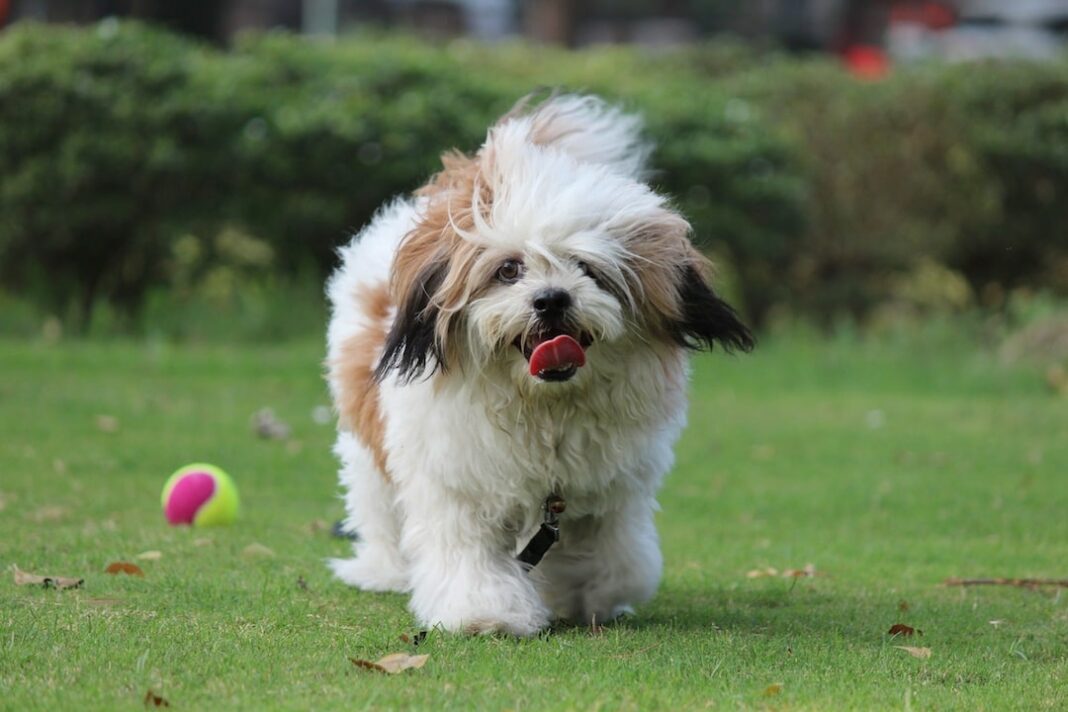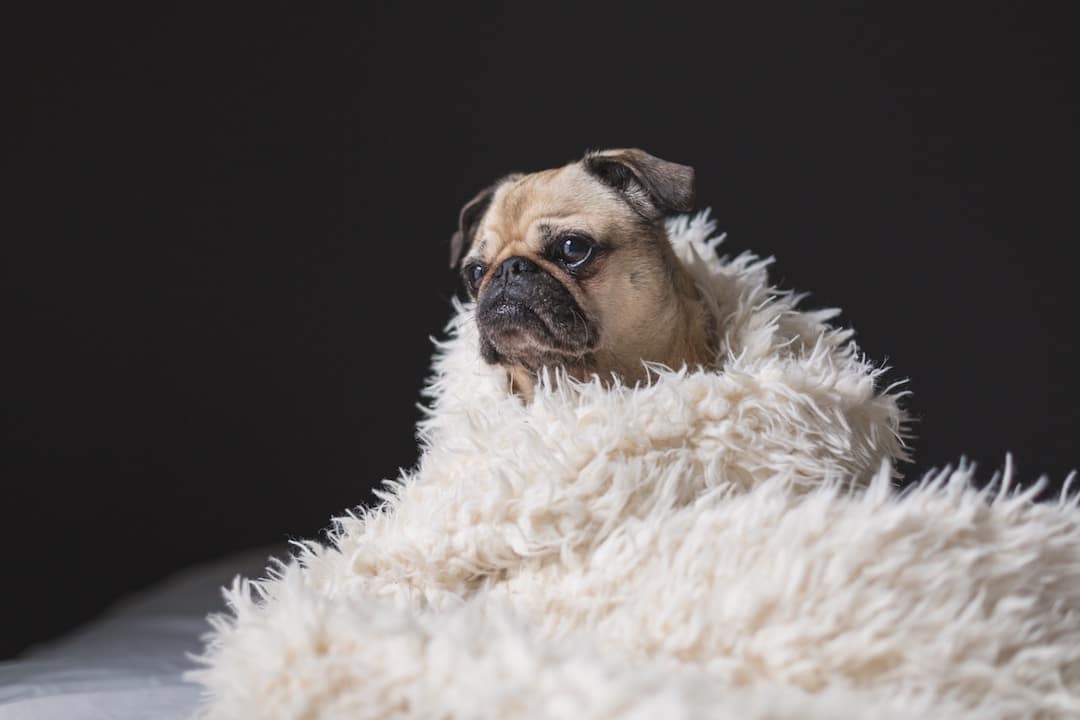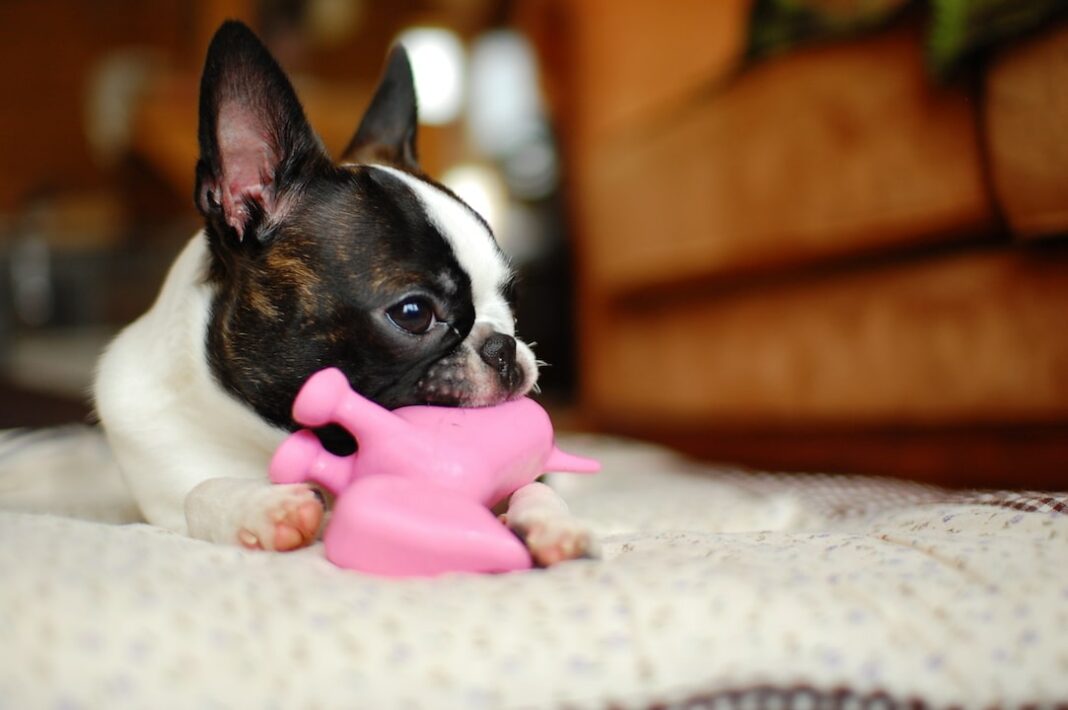Any dog owner will tell you there’s nothing that could stop them from living with their pup. When you live in an apartment with your furry friend, though, it’s important to consider how well the breed you choose will adapt to apartment living. Luckily, there are lots of ways to keep a dog happy in an apartment, so long as you keep in mind breed characteristics and apartment dimensions and amenities.
The size of your apartment matters tremendously. A large dog might be unhappy in a smaller area, and might need more outdoor space for exercise. Some small dogs have a lot of energy or are too loud to keep in an apartment. Here are the best small and large breeds that make the best apartment dogs.
Top dog breeds to consider when living in an apartment
- French bulldog
- Havanese
- Great Dane
- Maltipoo (Maltese and poodle mix)
- Pug
- Boston terrier
- American Eskimo
- Bichon frise
- Maltese
- Greyhound
1. French bulldog
French bulldogs make great apartment dogs, as they only weigh 16-28 pounds and show great affection to their owners. They’re small, quiet, and often very reserved, so they won’t jump on your visitors and beg for attention immediately. Frenchies require only one short walk a day. What they lack in energy, though, French bulldogs make up for in play time — this breed loves to play indoors. Another characteristic of French bulldogs that makes them such great apartment dogs is their well-mannered behavior. Frenchies don’t bark very often, so they’re perfect for living in apartment buildings with neighbors close by.
2. Havanese
Weighing in at just 7-13 pounds, these dogs are definitely the right size for an apartment. The breed is relatively quiet and may only bark occasionally or when someone passes close by. They’re very playful and need a lot of exercise, but they can easily be trained or housebroken for an apartment setting.
3. Great Dane
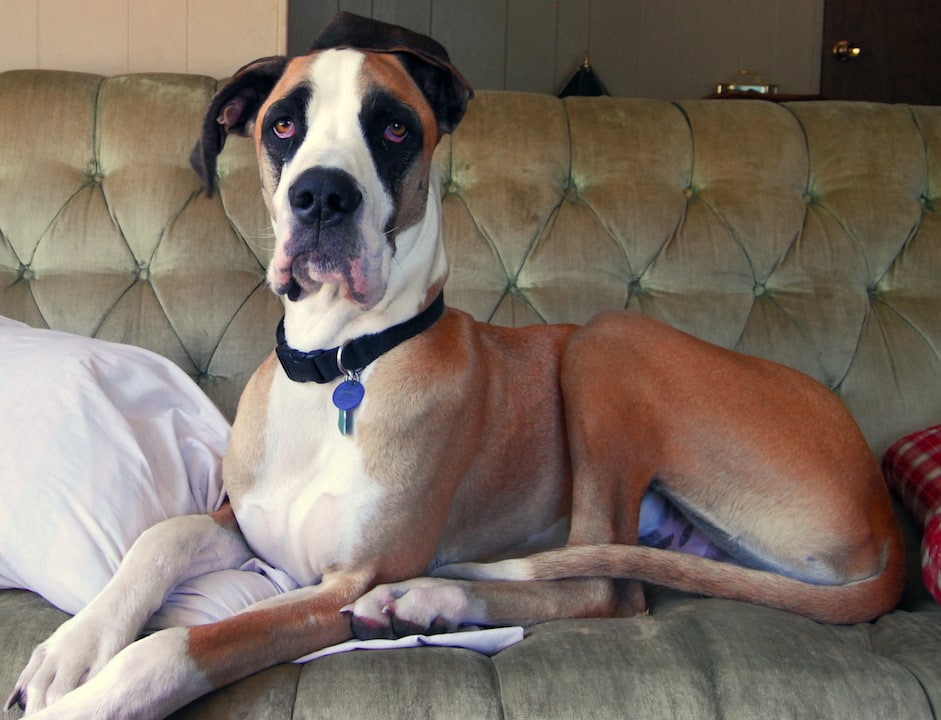
A Great Dane is probably the last dog you think would be perfect for an apartment (since they can weigh over 100 pounds), but they actually do really well in apartments. Great Danes love to be lazy and lay around, and they don’t require much exercise at all. They’re also one of the calmest dog breeds, and their quiet personality is great for someone worried about their pooch making too much noise in their apartment complex. As long as you have a large couch and don’t mind making space on it, Great Danes are perfect apartment dogs.
4. Maltipoo (Maltese and Poodle mix)
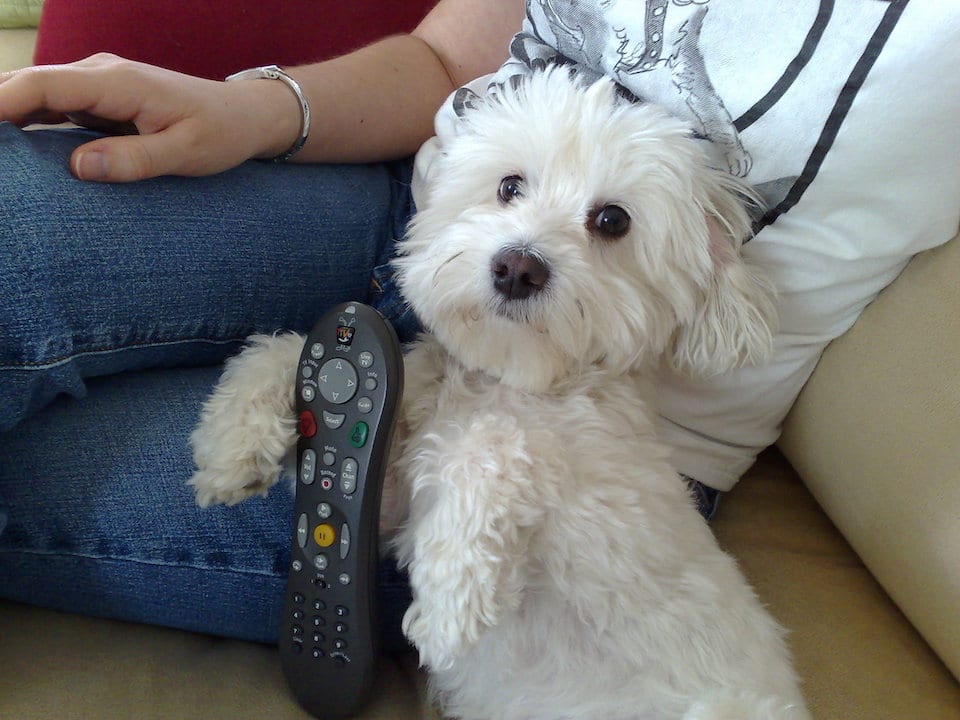
Going back to the smaller end of the spectrum, Maltipoos usually tend to weigh between 5 and 20 pounds. These little pups are pint-sized. Maltipoos are very affectionate, gentle, and get along great with people and other dogs. The only drawback to the Maltipoo when living in an apartment is that they can be pretty big barkers, but they can be trained fairly well to avoid barking. Otherwise, they tend to be one of the best picks if you’re looking for an affectionate, fun-loving dog that doesn’t shed all over the apartment.
5. Pug
Pugs are extremely happy dogs, as long as they get ample amounts of attention. Pugs are calm and quiet, and they rarely bark, which is an added bonus for apartment living. They will be super lazy and lie around all day if you let them. They don’t require much exercise either — two short, 10-minute walks per day will be plenty for them.
6. Boston Terrier
The Boston terrier, or “The American Gentleman,” is an extremely affectionate breed. They’re very intelligent and can sometimes be stubborn, but they make up for it in love. Though they’re typically quiet dogs, they definitely love to play. They’re cheerful and energetic, and yet only require 20-40 minutes of exercise per day. Plus, Boston terriers shed minimally, so you won’t be running around sweeping up their fur. These pups make great apartment dogs and companions.
7. American Eskimo
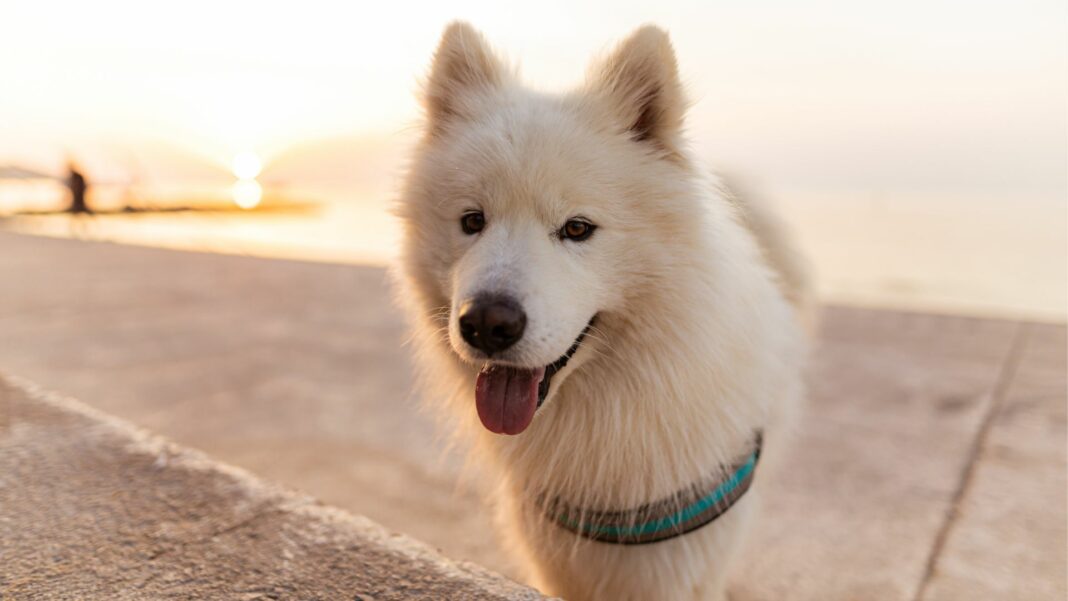
An America Eskimo dog doesn’t require a lot of time or space outdoors. These small pets prefer playing and interacting with families and friends over spending time in a yard or on a walk. This breed is great with kids and can easily be trained to reduce barking. As long as you give them the appropriate attention and adequate playtime, an American Eskimo can fit right in with apartment life.
8. Bichon frise
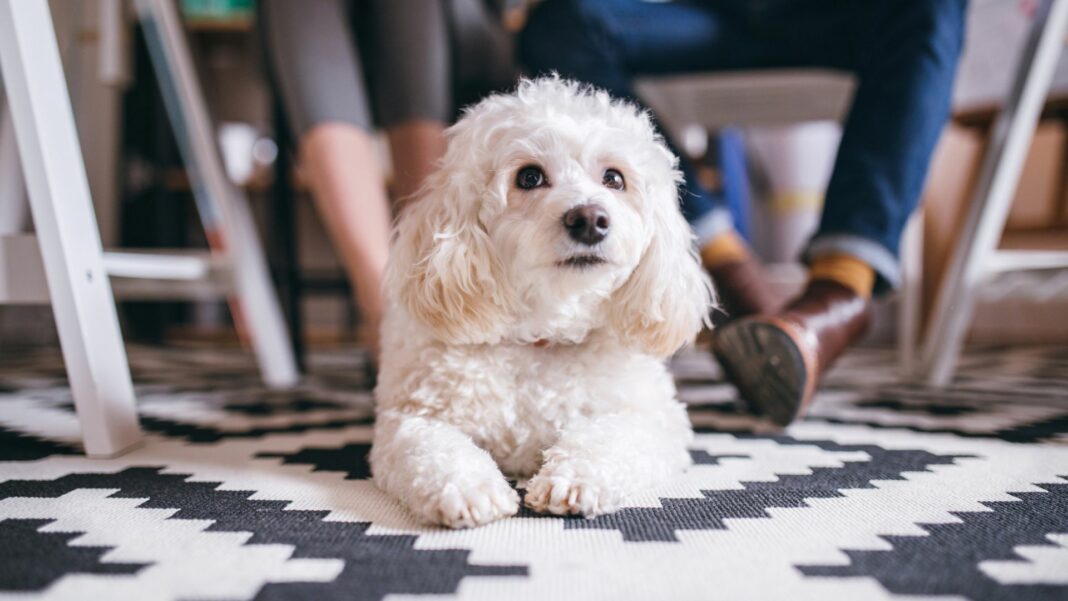
If you’re looking for a small, tidy, and hypoallergenic dog, the bichon frise can make a great choice for you and your apartment. These 10- to 15-pound pups are smart and playful, but they require little exercise or outdoor time and aren’t prone to shedding. They’re also fast learners, meaning you can easily train them to navigate and behave in an apartment setting.
9. Maltese
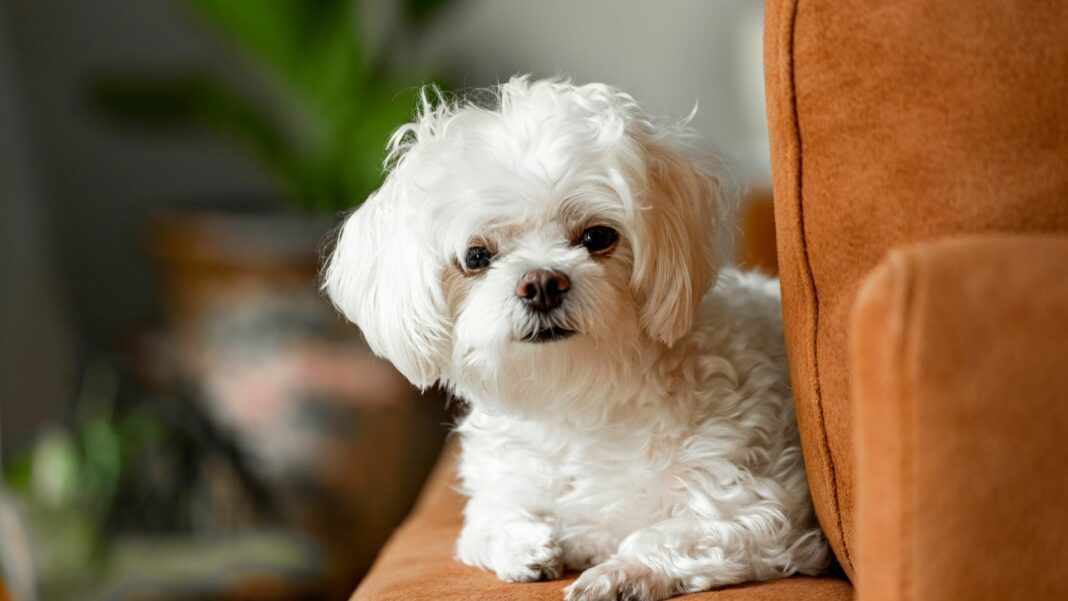
The average Maltese weighs in at only 7 pounds, making them a great choice for smaller living areas. Despite their long coat, they rarely shed. These dogs will offer a well-mannered and playful companion, with minimal barking and high energy. They may require some exercise, but they can easily be satisfied with indoor play and affection.
10. Greyhound
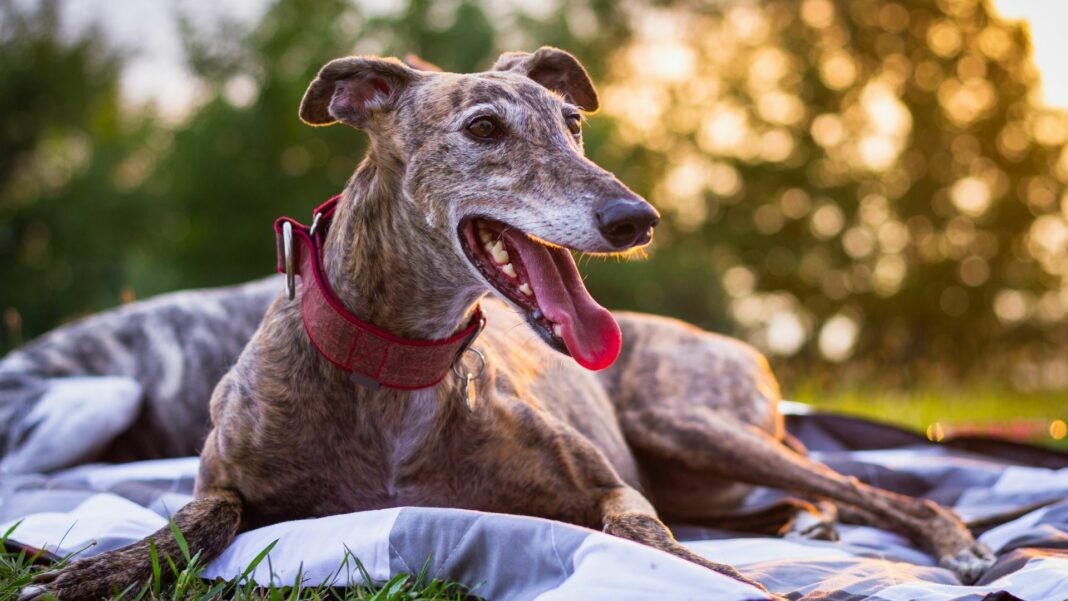
While a greyhound may seem too large for an apartment, their low energy levels and well-behaved manners make them great for those with limited time or outdoor space for exercise. These dogs love to run and exercise in short bursts, but mostly they will lie around and show more calm energy during playtime. If the size and dimensions of your apartment can accommodate the slightly taller and larger size, a greyhound can make a great and quiet companion for runners or those who only want to take their pet out for exercise once or twice a day.
Breeds that are not ideal for an apartment
Living in an apartment may mean you have limited space both indoors and outdoors, which requires you to consider the effects on your neighbors. For this reason, some dog breeds may not make an ideal choice for apartment living. Larger breeds, such as Labradors and retrievers, may take up too much space in your apartment and often have extremely high energy levels that require room to roam and run. In addition, Saint Bernards and Dalmatians are some of the most high-energy breeds around, making it difficult to confine them to an apartment since they require frequent walks and outdoor time.
Other dogs that display territorial attitudes can present challenges for those living in an apartment complex. These breeds often bark excessively and may show aggression or hesitance toward strangers. Breeds that have territorial personalities include Chihuahuas, terriers, schnauzers, Rottweilers, and boxers.
Frequently asked questions about renting an apartment with a dog
Some landlords and property managers will require you to have additional renters insurance when renting with a dog. Most renters insurance policies include coverage for pets as part of your policy’s liability coverage, however it’s best to call your insurance company to confirm your coverage.
A pet deposit is an additional one-time payment that the renter will be required to pay either upon signing a lease or when adding a pet to an existing lease. Similar to your regular security deposit, the pet deposit will be used to cover any damage to the unit from your pet. In the case of a dog, the deposit could be used for scratches to the floor or doors caused by your pup. Some pet deposits are refundable while others may not be, so it’s best to check your rental agreement beforehand.
Yes, you’ll want to get your landlord’s permission before bringing a dog into your apartment. If you live in a pet-friendly building the process should be fairly smooth. However, if you live in an apartment that does not allow pets and you get a dog without permission, you could be in violation of your lease. Use this guide when asking your landlord to consider your pet.
Final thoughts
There are a number of things you can do to introduce your dog to your new apartment and make the transition as smooth as possible for both you and your pet. Make sure to keep in mind the needs of your dog breed and find your next apartment accordingly. If you already live in an apartment and hope to get a dog, consider the pros and cons of each breed to find a companion that can easily adjust to your home and fit your current lifestyle.

